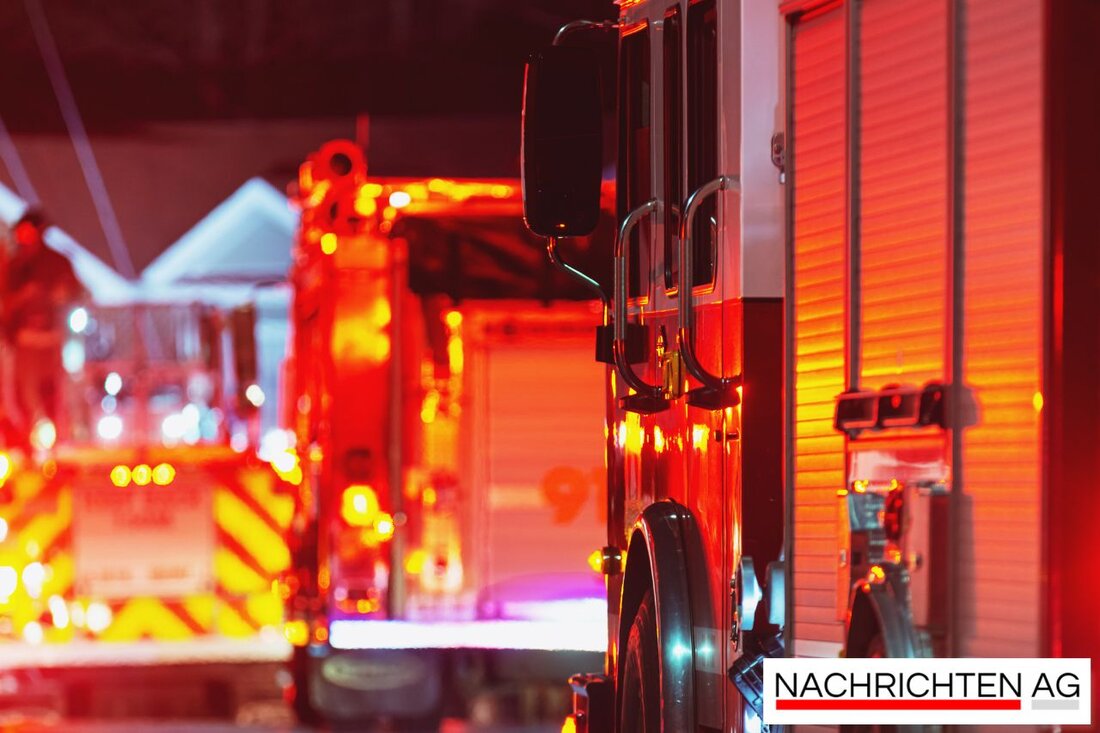Vienna in a price frenzy: public transport and parking are becoming expensive, criticism is growing!
Vienna is planning price increases for public transport and stricter penalties for illegal parking. Affected citizens and seniors are concerned.

Vienna in a price frenzy: public transport and parking are becoming expensive, criticism is growing!
The city administration has alarmedly announced the planned increase in prices for the Wiener Linien and parking fees. From January 1, 2026, the annual public transport ticket will increase by over 100 euros, from 365 euros to 467 euros. This price increase was sharply criticized, especially by the Vienna Greens, who see it as a burden for citizens. Parking fees are also set to rise by 30 percent, which is likely to cause considerable dissatisfaction among many Viennese. Again courier reported, the exact new tariffs have not yet been specified in detail.
But it's not just the tariffs that are causing controversial discussions, the issue of illegal parking is also on the agenda. According to the ORF Vienna In 2024, trams were blocked a total of 1,528 times by incorrectly parked cars, with 939 cases on trams alone. In order not to continue to block the journey of public transport such as the tram, it was announced that the fines for illegal parking would be increased to 467 euros, plus the costs of the fire brigade and towing services.
Public transport policy under pressure
The price increases are not the only thing that citizens will have to pay attention to in the near future. According to a press release from OTS Both locals and visitors have to prepare for sharp increases in prices for single trips and season tickets. While the city government relies on this new revenue, critics such as Markus Figl, the executive director of the Vienna People's Party, are calling for internal reforms and greater efficiency rather than charging higher fees. The city government is also being criticized for its strategy to improve transport services.
The numbers speak for themselves: Although the number of illegally parked vehicles is declining - from around 3,600 in 2010 to around 1,500 currently - the pressure remains to invest further in reducing hotspots. In order to counteract the problem, the aim is to work with the districts to increase the attractiveness of the traffic areas through renovations and greening projects. An example of this is the redesign of the bus stop area in Camillo-Sitte-Gasse in Rudolfsheim-Fünfhaus.
Conclusion
The coming months could be crucial for Vienna's transport policy. While the city administration is planning new fees, it remains to be seen whether public transport infrastructure will really improve or whether citizens will actually just be asked to pay. The challenge remains to find a balancing act between the requirements of transport policy and relieving the burden on the Viennese population.

 Suche
Suche
 Mein Konto
Mein Konto